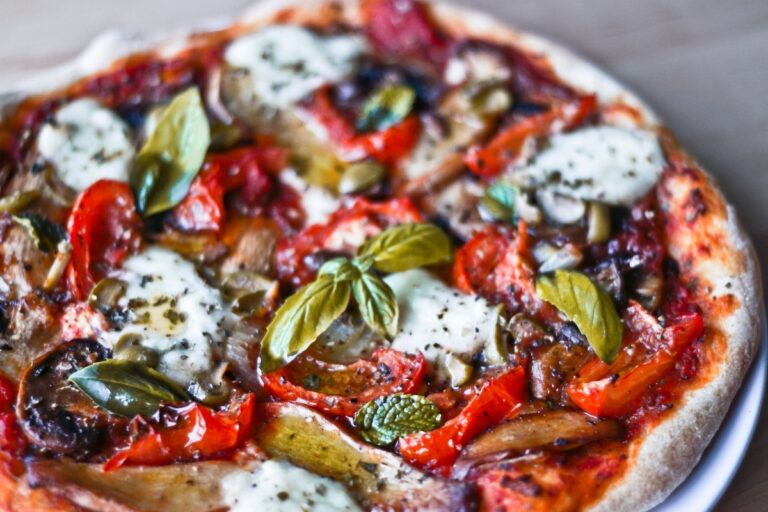Introduction: The Influence of Mediterranean Cuisines in Maltese Dishes
Malta, a small island nation located south of Italy, has a rich culinary history deeply rooted in its Mediterranean geography. The island’s location has made it a crossroads for various cultures throughout history, including Phoenicians, Arabs, and Europeans. As a result, Maltese cuisine has been influenced by neighboring Mediterranean cuisines, making it a unique blend of flavors and traditions. In this article, we will explore the influences of Mediterranean cuisines in Maltese dishes and how they have shaped the island’s culinary identity.
Historical Context: The Crossroads of the Mediterranean
Malta’s location has made it a crossroads for various cultures throughout history. The Phoenicians, Arabs, and Europeans have all left their mark on the island’s culinary traditions. The Phoenicians, who were traders and seafarers, introduced ingredients such as olives, figs, and pomegranates. The Arabs, who ruled Malta for over 200 years, introduced spices such as cinnamon, saffron, and coriander. The Europeans, who arrived in the 16th century, brought with them pasta, tomatoes, and potatoes.
Ingredients: A Fusion of Flavors from Surrounding Regions
The ingredients used in Maltese cuisine reflect the island’s Mediterranean geography. Olive oil is a staple ingredient, as are tomatoes, eggplants, and peppers. Some of the spices commonly used include cinnamon, coriander, and saffron. Other ingredients that are commonly used in Maltese cuisine include fish, rabbit, and pork. The influence of neighboring Mediterranean cuisines can also be seen in the use of ingredients such as couscous, which is commonly used in North African cuisine, and capers, which are commonly used in Italian cuisine.
Traditional Dishes: A Delicious Blend of Cultural Influences
Traditional Maltese dishes are a delicious blend of cultural influences. One example is the rabbit stew, which is a staple dish in Maltese cuisine. The dish is believed to have been introduced by the Arabs and has since become a national dish. Another example is pastizzi, a pastry filled with either ricotta cheese or peas and served as a snack. The pastry was introduced by Sicilian bakers in the 16th century and has since become a beloved Maltese dish.
Modern Cuisine: Innovative Twists on Traditional Recipes
In recent years, Maltese cuisine has undergone a revival, with chefs putting an innovative twist on traditional recipes. One example is the use of local ingredients, such as Maltese honey and sea salt, in new and exciting ways. Another example is the fusion of different cuisines, such as the use of Asian spices in Maltese dishes. The modernization of Maltese cuisine has made it more exciting and accessible to a wider audience.
Conclusion: The Richness of Maltese Cuisine and its Mediterranean Roots
In conclusion, Maltese cuisine is a unique blend of flavors and traditions, shaped by the island’s Mediterranean geography and its rich history. The influence of neighboring Mediterranean cuisines can be seen in the ingredients used in Maltese dishes, as well as in the traditional and modern recipes. Despite the changes and innovations, Maltese cuisine remains deeply rooted in its Mediterranean identity, making it a delicious and fascinating culinary experience.

